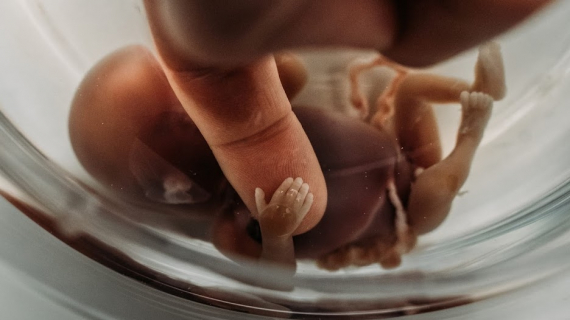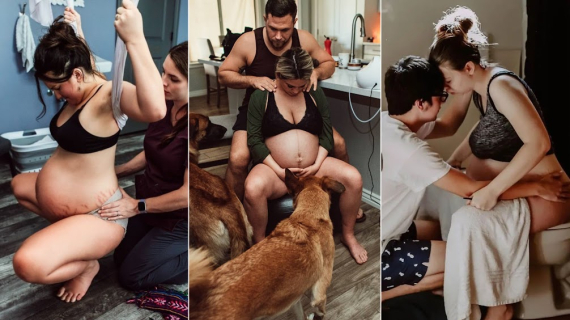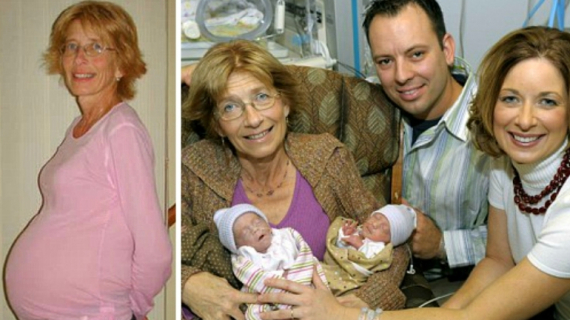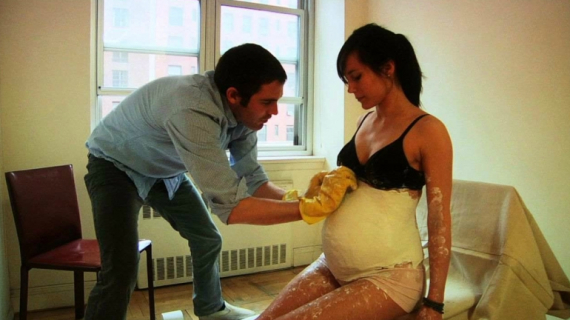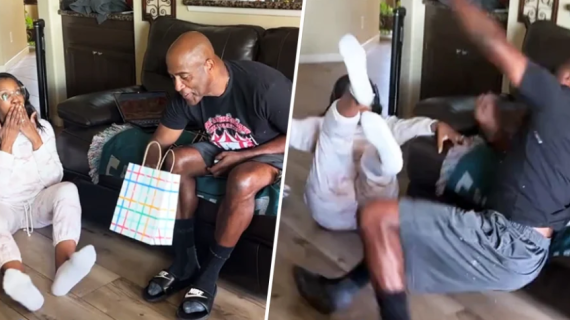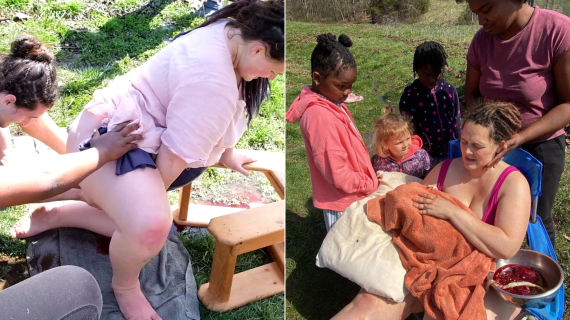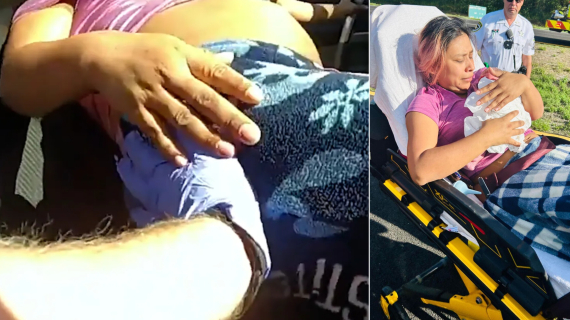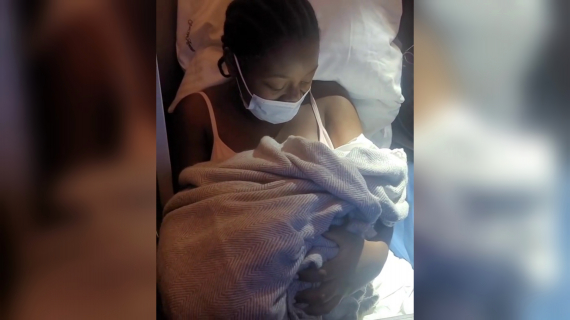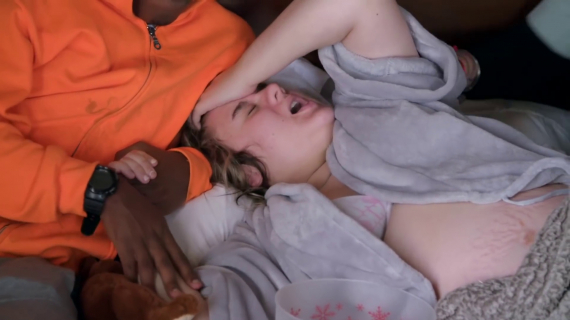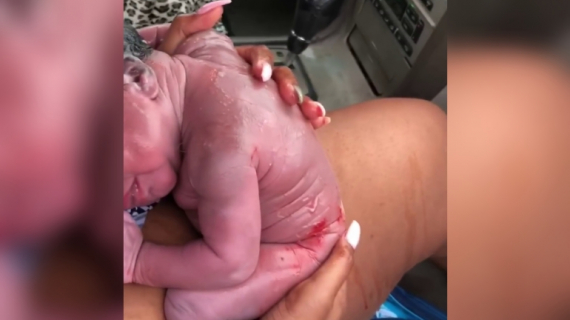How to Burp a Baby Fast
Whether nursing or taking a bottle, babies tend to suck in air as they eat. Burping helps them get the bubbles out—and heads off little tummy aches at the pass.
Step 1: Know when to burp
Know when to burp your baby. If you're nursing, burp her when you switch from one breast to the other. If you're bottle-feeding, burp her every time she downs an ounce or two. In both cases, you should also burp her at the end of the meal.
Tip: A baby may also need to be burped between feedings. If she seems uncomfortable or is crying and you can't figure out why, try burping her—it may be random gas.
Step 2: Lap position
Sit your baby upright on your lap, facing you but angled slightly to one side and leaning slightly forward with her chest against your hand. Cup her chin with the thumb and index finger of that hand. With your other hand, firmly pat or rub your palm/fingertips in circles in the middle of her back, using gentle pressure to help push out the air.
Tip: When using this position, you may want to put a bib on the baby to protect her clothes—and your hand—if she spits up.
Step 3: Thigh position
If that's not working, place a burp cloth on your thigh and lay the baby across your lap. Let her tummy rest on your other thigh—this will put gentle pressure on her belly and help push out the gas as you rub or pat her.
Step 4: Shoulder position
If this doesn't work either, drape the burp cloth over your shoulder and hold the baby against it, being sure to support her head and neck with one hand. With the other, rub or pat her back firmly.
Step 5: Baby should burp
Any of these methods should bring results—a nice resounding belch—within a minute or two. If she doesn't burp, that's okay too. Sometimes these things have a way of working themselves out.
Did You Know?
Feeding babies sometimes spit up what looks like an entire meal's worth of milk—but usually it's just a teaspoonful.

